Monorail and String Transport: Differences Between Above-Ground Systems
In Moscow, city authorities and residents decided to dismantle the monorail line after twenty years of operation. Its maintenance turned out to be unjustifiably expensive, and the route itself failed to attract consistent public use. Over the past decade, the system was used mainly as a tourist attraction. Given the conceptual similarities between monorail and string transport, this precedent became another reason to reflect on the advantages of uST transport and infrastructure solutions.
One Rail Instead of Two
Although the idea of the monorail dates back to the 19th century, the system still looks like something out of a science fiction book. Nevertheless, the monorail is far from a widely used mode of transport: today it operates in just a few cities across Germany, India, China, the UAE, USA, and Japan, as well as Jakarta, Kuala Lumpur, and Singapore.
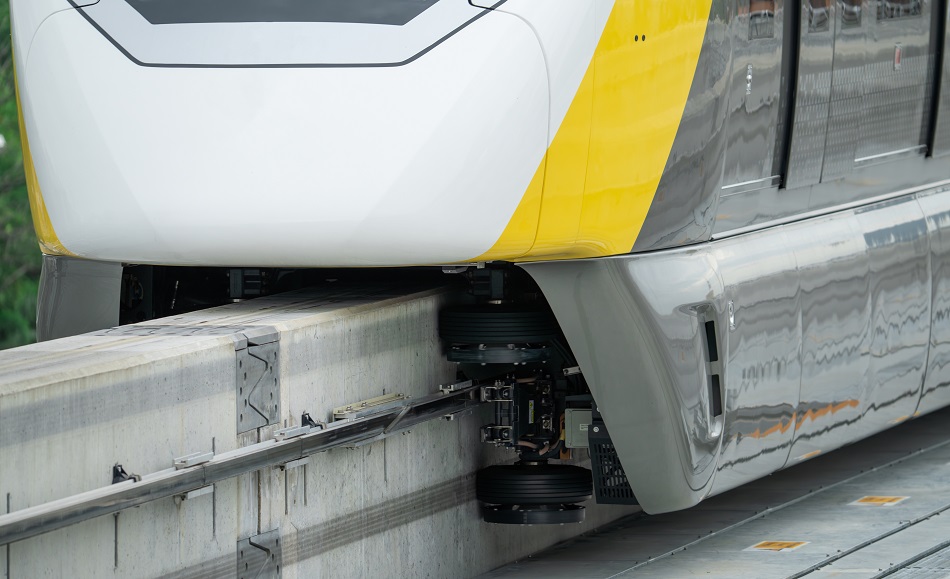
Compared to double-rail systems, monorails are more technically complex and therefore more expensive not only in terms of construction and operation, but even at the design stage. In fact, monorail systems are not standardized globally, so each project requires individual certification and careful planning to integrate with existing transport networks.
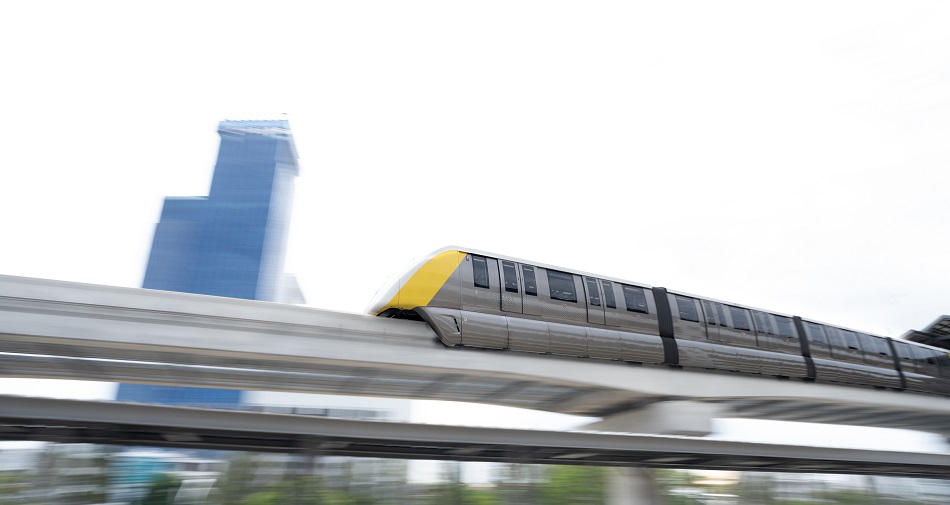
An undeniable advantage of monorail tracks is their classification as above-ground transport solutions, meaning they do not take up space on congested city roads. However, constructing their bulky support structures demands substantial land allocation.
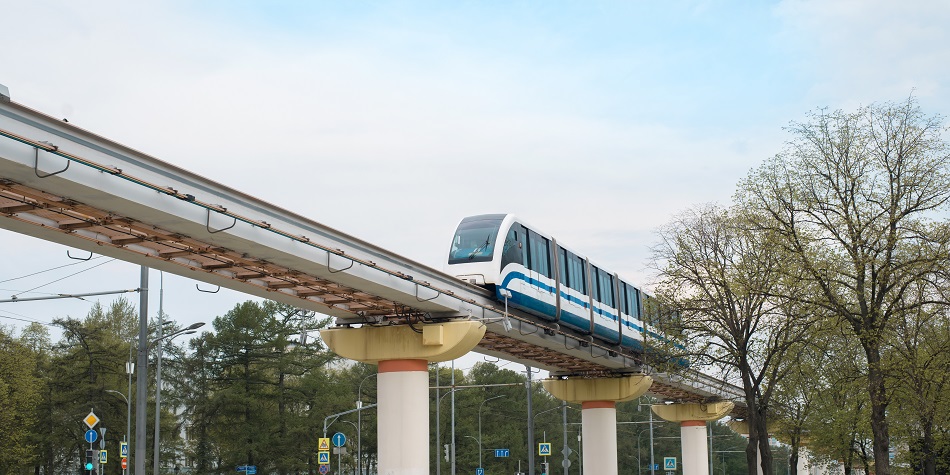
The main drawback of monorails is their cost, which exceeds that of double-rail tracks several times over. Maintenance is also expensive, with rapid wear affecting both rolling stock (wheels, braking systems, couplers) and the tracks themselves, especially switch mechanisms.
Monorail in Moscow
One of the reasons the Moscow monorail was dismantled was a poorly chosen route. Initially, it was intended to connect metro stations VDNKh, Fonvizinskaya, and Timiryazevskaya, resulting in a 4.7 km long line. In 2004, the system began operating, transporting 10–15 thousand passengers daily. But by 2016, after the Moscow Central Circle opened, daily ridership dropped to just 2 thousand, with local residents making up only 15%. With an actual speed below 30 km/h, the system proved inefficient and transitioned from public transport to a tourist attraction.
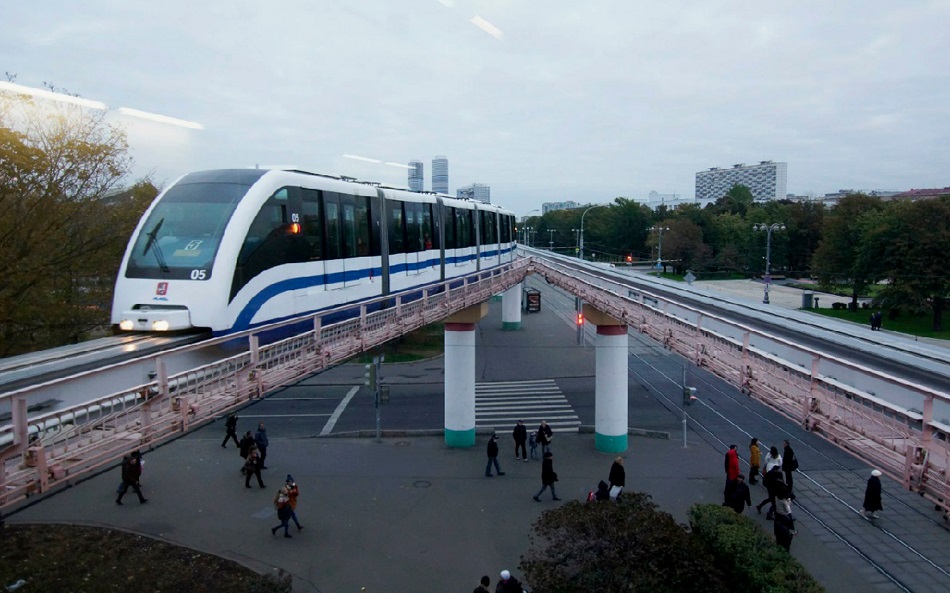
It’s important to note that the Moscow monorail was expensive to maintain: construction alone cost over 6 billion rubles, and annual technical upkeep required up to 800 million. The project contractor, Swiss company Intamin, provided trains ill-suited to Russia’s climate, which played a negative role in the outcome. For example, at temperatures below -20°C, electronic systems could fail and braking performance would decrease. Replacement parts, custom-manufactured, were also costly.
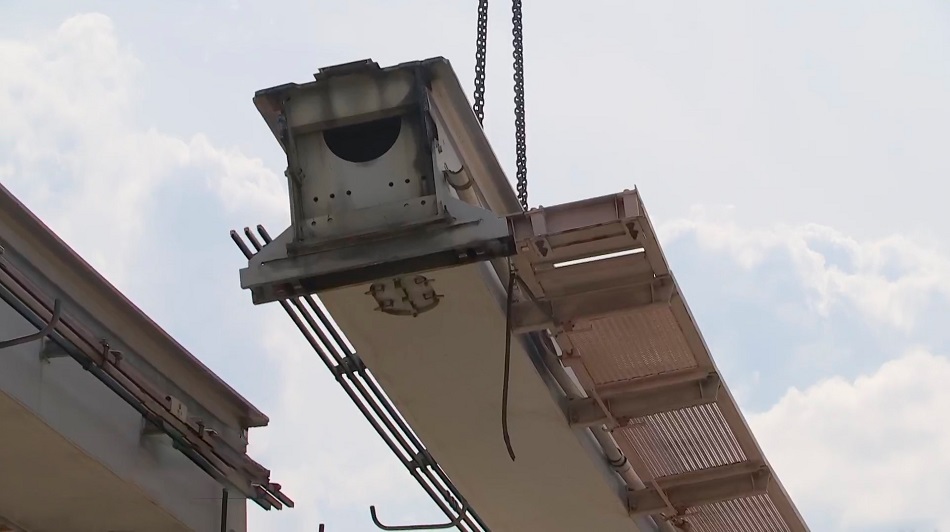
This all affected ticket prices too. Monorail rides cost ten times more than subway fare. Ultimately, the system was deemed irrational by Moscow authorities, and a survey of local residents resulted in a decision to dismantle the monorail. The space will be converted into an elevated park with jogging paths, gazebos, and coffee shops.
Advantages of String Transport
The case of the Moscow monorail highlights the importance of properly integrating a transport line into the urban landscape. Despite its futuristic appearance, the monorail has serious drawbacks: high operational costs, large land footprint, low capacity, weather vulnerability, expensive fares, and low public demand.
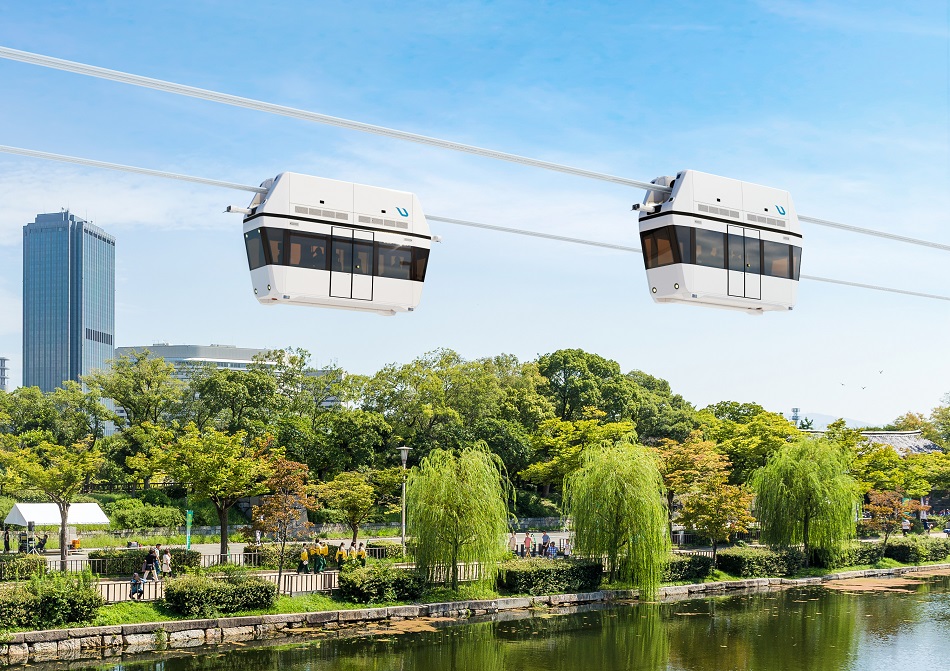
uST transport and infrastructure solutions offer a more efficient alternative, free from monorail limitations. String rail transport is designed based on the principle of a horizontal elevator. These routes can be constructed at any height, connecting not just streets but even high-rise buildings. Unlike monorail overpasses, uST string complexes allow for flexible routing even over winding paths. The rail-based unmanned vehicles (uPods) operate quietly and at high speed, reducing both travel time and waiting periods at stations. Winter is no threat to string transport: the narrow rail (less than 10 cm wide) prevents snow and ice buildup, while the motion of uPods helps clear snow and ice. The elevated tracks avoid snowdrifts, and the vehicles can operate even in strong winds.
A Smart Solution
Each year, the desire of municipal authorities to ease urban traffic and create more flexible infrastructure grows stronger. But many existing solutions don’t fully meet these needs, as demonstrated by the Moscow monorail.
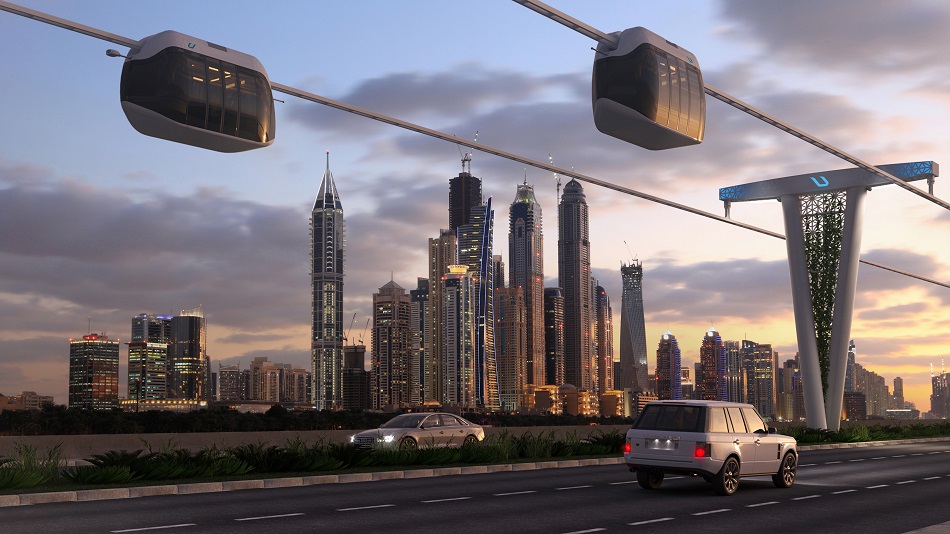
In contrast, uST transport and infrastructure complexes, with their clear advantages, appear especially appealing to city developers and park planners, because string transport, among other things, is also environmentally friendly.
More news
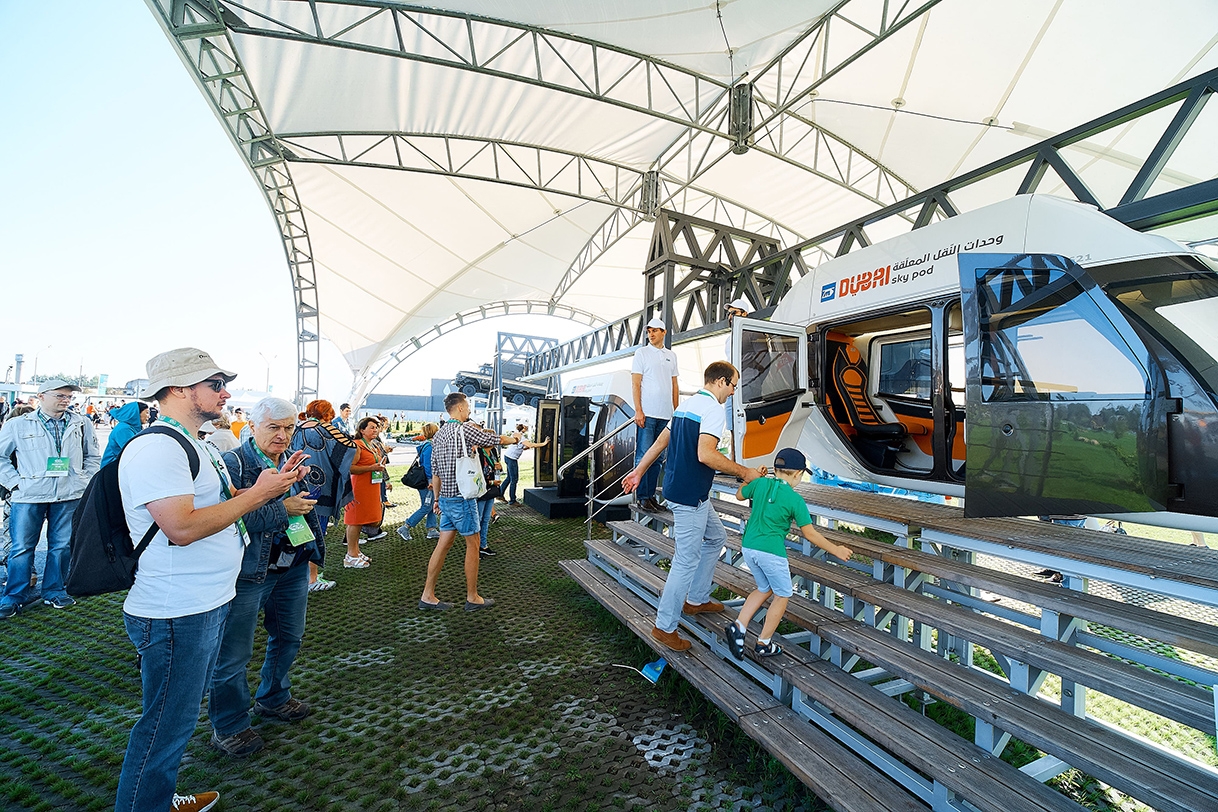
Blog
29 August 2023
uST Technology to Help Deal with Pendulum Migration
uST Solutions can be adapted to the problems of large cities and, in particular, to the optimization of transport communication based on the scale of pendulum migration. Even with the existing development it is possible to set up convenient routes along an optimal path and avoid large-scale road works.
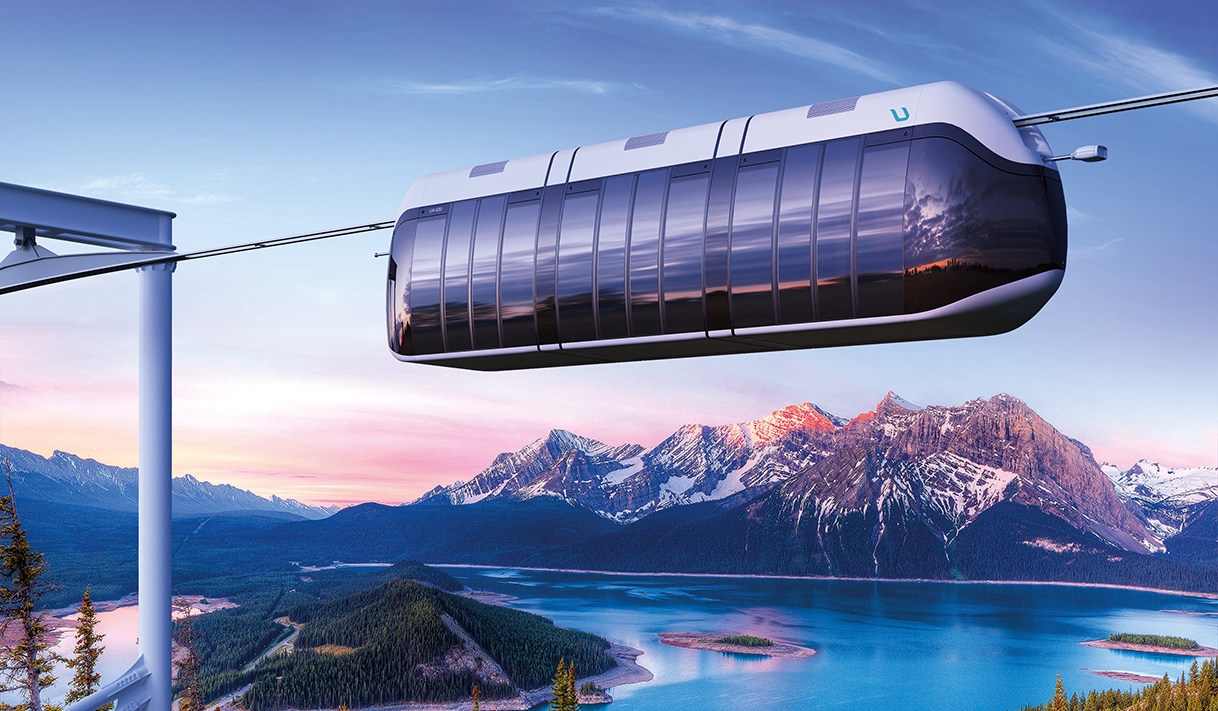
Blog
12 September 2023
Zero Emissions: How Will uST Solutions Help to Accelerate the Transition to Eco-Friendly Transport?
uPods can become an efficient solution for the arrangement of urban passenger transportation. When traveling around the city and beyond, it is possible to save time if a second-level route is used instead of an electric car. In addition, there is no need to worry about an empty battery and the absence of a charging station.
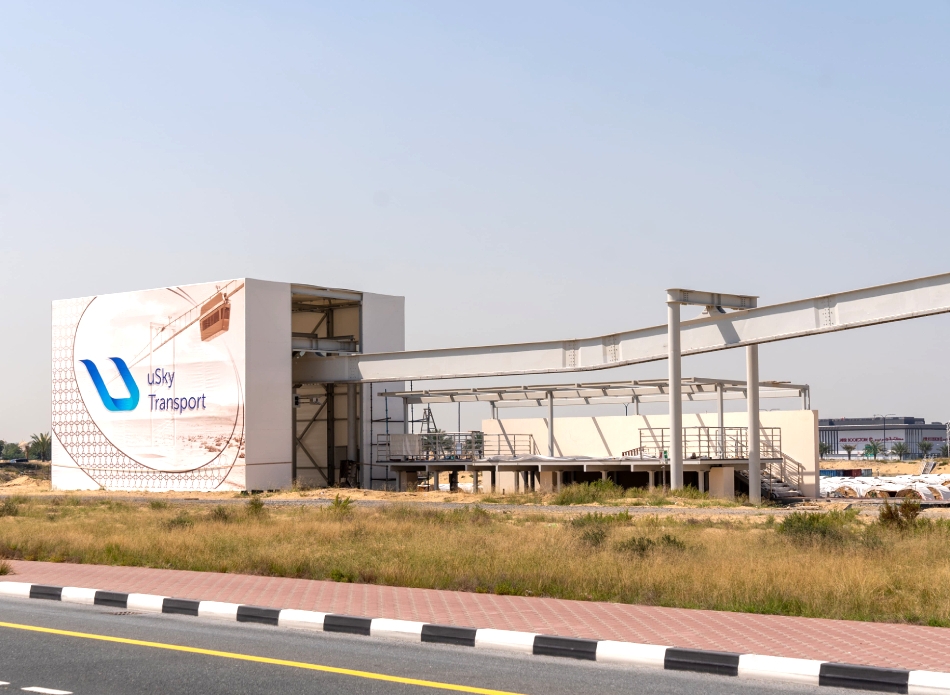
News
12 March 2024
A photo report from the uSky Center: a new technological site and a landing platform
What kind of work is currently underway at uSky?

